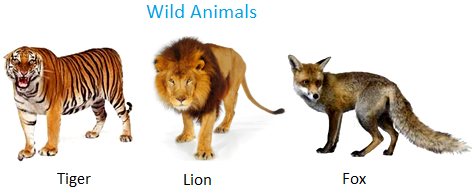Puppy Chewing Solutions Expert Advice & Techniques
Understanding Puppy Chewing Behavior
Puppy chewing is a common behavior issue that many pet owners face. Understanding why puppies chew can help you address this behavior effectively. Puppies chew primarily because it’s a natural instinct. Just like human babies explore the world by putting objects in their mouths, puppies use chewing as a way to explore their surroundings and relieve discomfort from teething.
Teething Troubles: How to Help Your Puppy
One of the main reasons puppies chew is teething. Teething can be a painful process for puppies as their adult teeth start to come in, causing them to seek relief through chewing. Providing appropriate chew toys designed for teething puppies can help alleviate their discomfort. Look for toys made of durable materials that are safe for your puppy to chew on.
Redirecting Chewing Behavior
Redirecting your puppy’s chewing behavior is essential for preventing destructive chewing habits. When you catch your puppy chewing on something they shouldn’t, calmly redirect their attention to a more appropriate chew toy. Offer praise and rewards when they chew on their toys instead of household items. Consistency is key in reinforcing this positive behavior.
Environment Management: Protecting Your Belongings
Puppy-proofing your home is crucial to prevent destructive chewing. Keep valuable or dangerous items out of your puppy’s reach by storing them in cabinets or using baby gates to restrict access to certain areas. Provide plenty of safe and appropriate chew toys throughout your home to encourage your puppy to chew on designated items.
Exercise and Mental Stimulation
Ensuring your puppy gets enough exercise and mental stimulation can help reduce their urge to chew out of boredom. Regular play sessions, walks, and interactive toys can keep your puppy mentally and physically engaged, reducing the likelihood of them turning to destructive chewing as a form of entertainment.
Consistent Training and Boundaries
Consistent training and setting boundaries are essential for teaching your puppy what is acceptable to chew on and what is not. Use positive reinforcement techniques such as praise, treats, and toys to encourage good behavior. Be patient and consistent in enforcing rules and boundaries, and avoid punishing your puppy for chewing mistakes.
Seeking Professional Help
If your puppy’s chewing behavior persists despite your best efforts, seeking professional help from a veterinarian or certified dog trainer may be necessary. They can assess the underlying causes of your puppy’s chewing and provide personalized guidance and training strategies to address the issue effectively.
Conclusion
In conclusion, understanding the reasons behind puppy chewing behavior and implementing appropriate solutions is key to preventing destructive chewing habits. By providing your puppy with proper chew toys, redirecting their chewing behavior, puppy-proofing your home, ensuring adequate exercise and mental stimulation, consistent training, and seeking professional help when needed, you can effectively manage and curb your puppy’s chewing habits. Remember, patience and consistency are crucial in helping your puppy develop good chewing habits and become a well-behaved companion. Read more about puppy chewing tips



 Frontline Plus for cats
Frontline Plus for cats